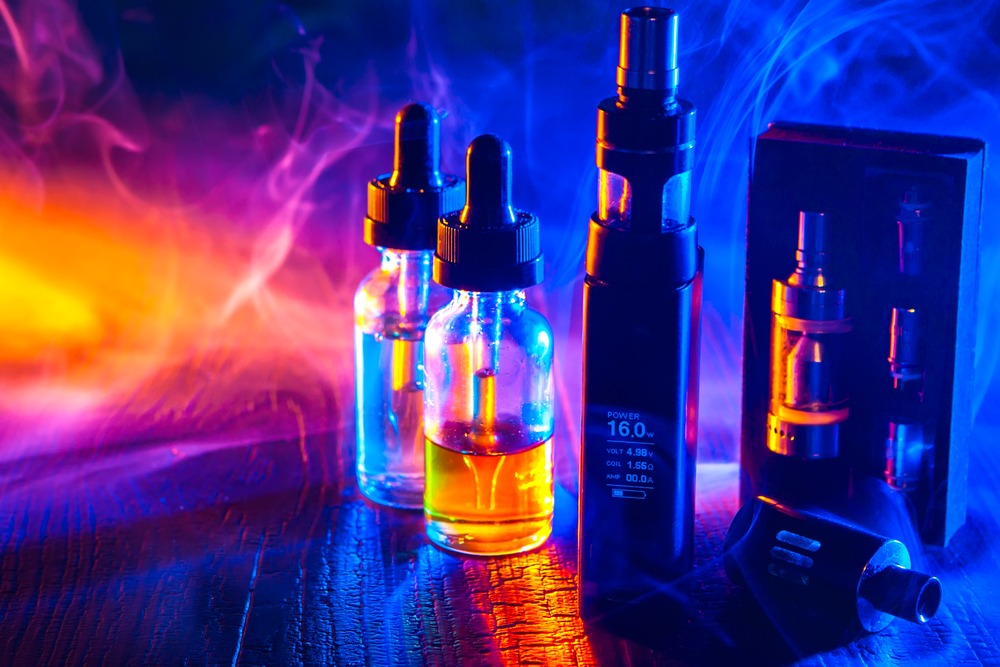
With variable wattage and variable voltage, come more control over the power of your device, but what can you get out of temperature control?
Vaping over the years has led to a distinct increase in the amount of freedom you can get from your device. With many vape shops in London now selling variable wattage and voltage devices, it’s easy to see why those who have been vaping for a few years now would want to change it up and find more flexibility in their vaping game.
Sow hat can variable temperature controls bring to the table? And is it the right kind of device for you?
What is temperature control?
Becoming ever more common, temperature control settings allow the user to change at what temperature they vape at. It is easy, when vaping with high powered devices, to forget about the temperature at which you are inhaling, and how this can affect the experience in general. Being able to lower your heighten the temperature of the vapour will lead to varied throat hits and even affects the taste and cloud production. The great thing here is that you are gaining even more control over your vaping life, allowing you to find the sweet spot which works for you.
Most temperature control devices have control settings on the display, allowing you to increase or decrease the temperature as you see fit. This works with the wattage and voltage, lowering or increasing both so as to reach the exact temperature you want from your vape inhale.
Negatives to temperature control
There are a few things you’ll need to bare in mind when vaping with temperature control settings. With more heat, comes an increased strain on the vape coil. Make sure that if you like to vape at high temperatures, that the coil you are using can handle the extra strain. There are a variety of metals to choose from for your vape device’s coil and not all of them are great for devices which use temperature control. Kanthal for instance, won’t allow you to regulate the temperature of your device whilst stainless steel, titanium and nickel will risk your coil melting. Copper wire is your best bet, especially because it is one of the best metals for carrying electricity and so is more prone to dealing with the heat and intensity which can come with temperature control settings.
Positives for temperature control
When it comes down to it, temperature control settings give you even more flexibility. With vape devices becoming ever more diverse and wide ranging, it is only logical that the devices temperature options follow suit. Temperature control settings also mean that you’ll be able to defend against the dreaded spitback by lowering the temperature. This is what happens when your devices atomiser overheats the saturated e liquid on it, leading to the liquid cooking rather than vaporising. This leads to vape juice sizzling and often coming out of the mouthpiece, giving the vaper a nasty surprise.


